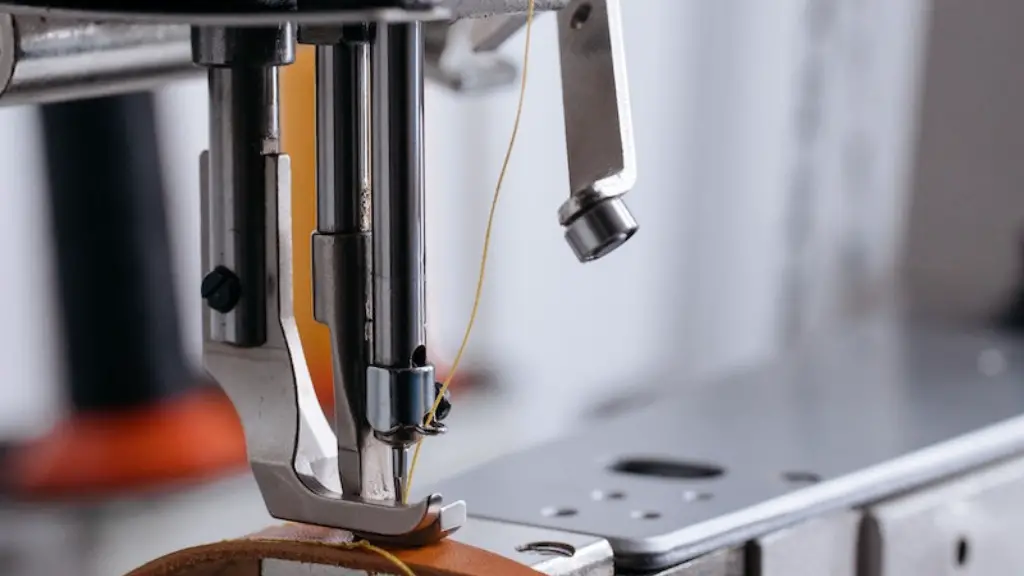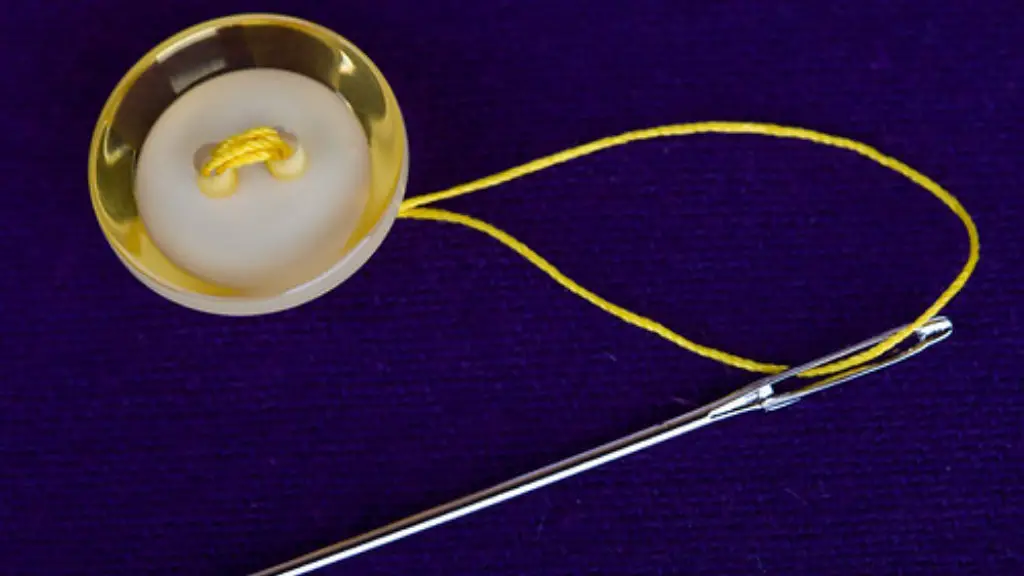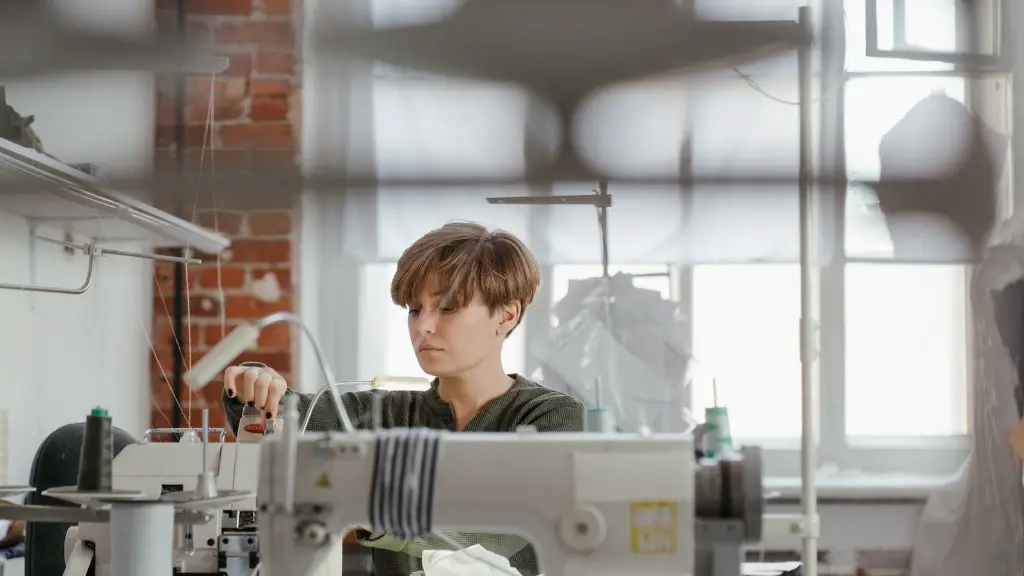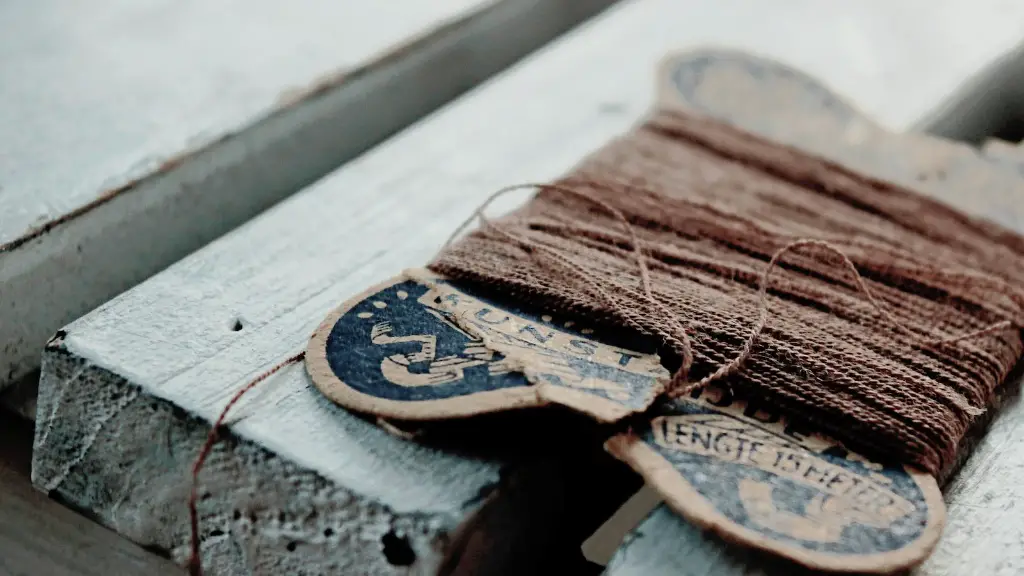The machinery needed to make a quilt using a sewing machine can be intimidating, but there are some simple steps involved in the process. Let’s take a look at the basics of quilting with a sewing machine and how to know what supplies and tools are needed.
First, it is essential to understand the different layers that make up a quilt: a quilt generally consists of two parts, the top layer or quilt top and the backing layer or quilt back. The quilt top is the decorative layer that can be hand- pieced, appliqued or free-motion quilted. The backing helps add extra warmth, provides a padding layer and provides a solid base for quilting the top layer. The batting, a middle layer of cotton or polyester, is placed between the quilt top and the quilt back to provide insulation and loft.
For quilters who are just starting out, a basic sewing machine is a great place to start. With a standard sewing machine, it’s easy to piece together the quilt top, construct the batting and baste the layers together. To quilt the top layer, most quilters prefer to use a walking foot or a specialized quilting presser foot. A walking foot is a sewing machine attachment that evenly feeds the three layers of fabric and batting through the sewing machine for uniform quilting.
Once the quilt top is complete, the quilter needs to decide on the thread, which affects stitch quality and the way the quilt looks. Generally, it is best to use a 50-weight polyester thread or a thread specifically made for quilting. The thread should be color-matched to the fabrics used in the quilt, as this will minimize the visibility of the quilting stitches.
Once all the layers of the quilt are basted together, the quilter is ready to quilt. Quilting requires a versatile machine that can stitch in a variety of patterns and stitches. Some of the most popular quilting stitches are free-motion quilting, quilt-as-you-go, and stippling. Free-motion quilting involves stitching freely and is often used to create curvy designs or nature-inspired motifs. Quilt-as-you-go involves stitching pre-pieced blocks, and stippling involves stitching a series of random patterns.
In addition to the sewing machine, the quilter needs a few other supplies and tools to construct a quilt. A rotary cutter and cutting mat are necessary for precision cutting, as well as marking tools such as tailor’s chalk or a water-soluble fabric pen. The quilter also needs to select a quilting hoop or frame that fits the size of the quilt, as this will provide support and stability when quilting. A few basic supplies such as a seam ripper, scissors, and pins are also required.
Quilting With a sewing machine is a rewarding and enjoyable craft. With a few basic tools and supplies, it’s easy to make a beautiful quilt with a sewing machine. So, grab your supplies and get ready to quilt!
Select the Fabric
Select fabric that is suited to quilting. Quilting fabric is available in weights of 44 to 54 inches, although 54 inches is ideal for maximal coverage. Every quilt requires a variety of fabric, with a combination of solids, prints and novelty fabrics. Consider the garment type you will use the quilt for; a lightweight quilt will require lightweigh fabrics and a winter blanket requires heavier fabrics. Once the fabric is cut out it is not advisable to press it since this may ruin its patterns and textures. Selecting fabric that has already been pre-washed is recommended when quilting to avoid shrinkage of the quilt.
Arranging the Block Pattern
Piecing a quilt top is a process that involves arranging fabrics in a design of small pieces married together. This process is called block piecing. To begin, decide on a quilt block pattern; there are quilt block patterns from simple to complex, so it’s important to select a pattern that is suitable for the level of expertise of the quilter. When the pattern is selected, lay the blocks out on a flat surface such as a work table in order to arrange the placement of the fabrics. Experiment with different placements in order to create the desired contrast or harmony in the quilt.
Assembly and Basting
Once all the blocks have been arranged, start sewing the blocks together. Because quilt blocks have a right side and wrong side, it’s important to carefully align the blocks when sewing in order to have the right side of the block facing out. Basting is an important part of quilting, as it helps to join the fabric layers and prepare it for quilting. Basting the fabric layers together can be done by hand or with the help of a basting gun.
The Quilting Process
After all the layers of the quilt have been basted together, the actual quilting process can begin. Most quilters prefer to use a quilting foot for this process, which helps to evenly feed the layers of fabric through the machine. The quilter should create the design of quilting on paper or graph paper first to ensure the design will be precise and symmetrical. When quilting, it is important to maintain a consistent speed and tension.
Finishing the Quilt
Once the quilting process is finished, the quilt needs to be finished. This process involves trimming the quilt and adding finishes such as binding or batting. When binding, add the extra fabric to the edges of the quilt and then stitch it down with a decorative stitch. For a more professional finish, the quilt can be finished with a double-fold binding. To finish a quilt top with batting, cut the batting so it is slightly larger than the quilt top and place it underneath the quilt top. Secure the batting to the quilt top with safety pins. Finally, sew the binding to the layers of the quilt and you’re done!
Caring for your Quilt
Quilts are a special and treasured item. To keep quilts looking good, it is important to follow specific cleaning instructions for each quilt. Quilts should not be laundered in a washing machine or placed in a dryer except for in special circumstances. Instead, most quilts can be cared for using gentle hand- washing methods. Never handle the quilt harshly, as this can damage the fabric. Consider getting your quilts professionally cleaned to preserve their condition. Following these instructions ensures quilts look and feel great for many years to come.
Cleaning and Maintaining the Sewing Machine
Maintenance and cleaning of the sewing machine is essential for the optimum performance and longevity of the machine. To reduce thread build up, take breaks when sewing and regularly check and tighten thread tension. Also keep a lint brush handy to gently brush away lint build up after each project. Ideally, the machine should be serviced yearly and the needle should be changed regularly. Refer to the sewing machine guide or consult a professional for more detailed information on caring for your sewing machine.
Storage and Organizing Fabrics
Quilting fabric and supplies can take up a lot of space. To make the most of the space, use bins, boxes, and plastic containers to store fabric. Label the bins to easily find what you’re looking for. If storing fabric for a long period of time, keep it in an airtight container, as this will protect it from pests and dust. Avoid storing fabric in extreme temperatures or any place where there could be risk of moisture. Using these techniques to organize and store fabric will help keep the space tidy and fabric protected.



